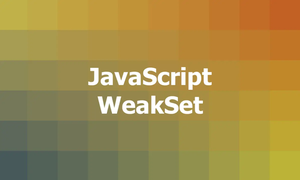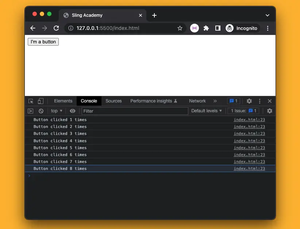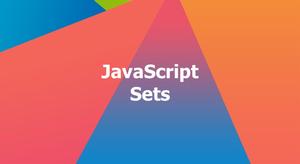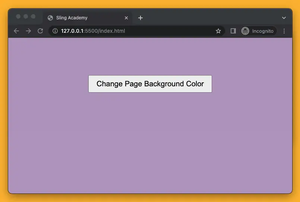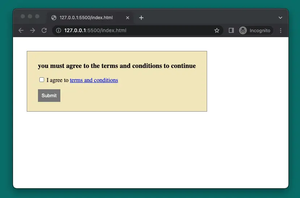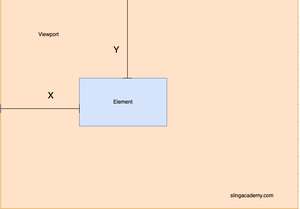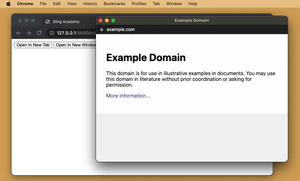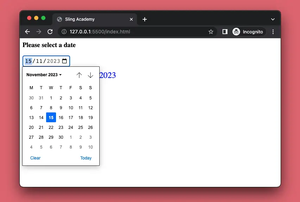The MediaStream Recording API in JavaScript offers a powerful way to record audio and video directly from a user's device. This can be immensely useful for applications ranging from simple media capture to more complex streaming or video conferencing tools. In this article, we will explore how to use this API to record user audio and video.
Understanding the MediaStream API
The MediaStream API is responsible for accessing and controlling streams of media data. It can capture from devices like microphones and cameras, and the data can be used, stored, or transmitted.
Setting Up Media Capture
First, we need to ensure that our browser environment has access to the user's microphone and camera. This is done using the navigator.mediaDevices.getUserMedia() method. Here is how you can request access:
navigator.mediaDevices.getUserMedia({ audio: true, video: true })
.then(function(stream) {
// Process the stream here
})
.catch(function(err) {
console.log("The following error occurred: " + err);
});
In this snippet, we request both audio and video. The user will be prompted to allow access to these devices.
Recording with MediaRecorder
Once we have access to the media devices, we can use the MediaRecorder to start recording:
let mediaRecorder;
let recordedChunks = [];
function startRecording(stream) {
mediaRecorder = new MediaRecorder(stream);
mediaRecorder.ondataavailable = function(event) {
if (event.data.size > 0) {
recordedChunks.push(event.data);
}
};
mediaRecorder.start();
}
Here, we initialize the MediaRecorder and listen for data availability events. The recorded data chunks are stored in an array.
Stopping and Saving the Recording
To stop the recording and save it as a file, we follow these steps:
function stopRecording() {
mediaRecorder.stop();
mediaRecorder.onstop = function() {
const blob = new Blob(recordedChunks, { type: 'video/webm' });
const url = URL.createObjectURL(blob);
const a = document.createElement('a');
document.body.appendChild(a);
a.style = 'display: none';
a.href = url;
a.download = 'recording.webm';
a.click();
window.URL.revokeObjectURL(url);
};
}
The example above creates a download link automatically when the recording stops and it clicks the link to trigger download of the file.
User Interface Considerations
A user-friendly interface is crucial for a positive user experience. Consider adding buttons for starting and stopping recordings, and perhaps display the current time recorded or remaining.
<button id="start-btn">Start Recording</button>
<button id="stop-btn" disabled>Stop Recording</button>
<script>
const startButton = document.getElementById('start-btn');
const stopButton = document.getElementById('stop-btn');
startButton.addEventListener('click', () => {
navigator.mediaDevices.getUserMedia({ audio: true, video: true })
.then(startRecording);
startButton.disabled = true;
stopButton.disabled = false;
});
stopButton.addEventListener('click', () => {
stopRecording();
startButton.disabled = false;
stopButton.disabled = true;
});
</script>
Security and Privacy
Always ensure privacy by explicitly asking for user permission before accessing their devices. Handle the streams securely and remind users to use this feature responsibly.
Conclusion
Using the MediaStream Recording API in JavaScript offers a straightforward way to enhance applications with media recording capabilities. With the steps and code snippets above, you should be able to integrate user audio/video capture in your next project, making it more interactive and engaging.

